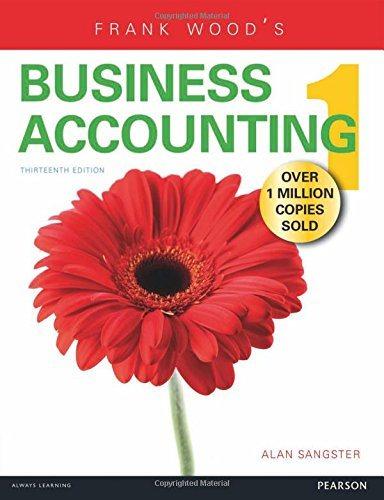Question C

QUESTION 1 ABC Ltd manufactures Model X Model Y and Model Z, which are non-customised products. ABC Ltd made a 540,000 profit last year and proposes an identical plan for the coming year. The relevant data for last year are presented below: Actual production and sales (units) Potential demand (units) Total cost per unit (/unit) Selling price per unit (/unit; 30% on cost) Labour hour per unit (hourlunit) Model X Model Y Model Z 40,000 60,000 40,000 45.000 75,000 60,000 20 10 10 26 13 13 3 1 3 Fixed costs were 600,000 for the year, absorbed on labour hours which were fully utilised for the production achieved REQUIRED Please note: a maximum word count applies to parts (a) and (c) of this question ONLY. There are no maximum word counts for part (b). (a) Please note: the maximum word count for this requirement is 385 words. Discuss how the product mix decisions are different when capacity constraints exist and do not exist. Explain your answer for each case and provide an example to illustrate your answer (11 marks) (b) Using the information provided above, calculate the plan to maximize profits for the coming year based on the data and selling price in the table above. In your answer, ensure you clearly show whether capacity constraints exist in the company, how many labour hours are allocated to produce each product and the profits under the new plan. Ensure you explain why ABC Ltd should not rely on unit contribution when making the product mix decision (25 marks) (c) Please note: the maximum word count for this requirement is 490 words. Comment on the pricing system for the existing plan used in ABC Ltd. In particular, discuss whether the current cost-plus pricing system is appropriate for this company, and explain 2 Please turn over the advantages and disadvantages of the current pricing system in comparison to a target costing system (14 marks) QUESTION 1 ABC Ltd manufactures Model X Model Y and Model Z, which are non-customised products. ABC Ltd made a 540,000 profit last year and proposes an identical plan for the coming year. The relevant data for last year are presented below: Actual production and sales (units) Potential demand (units) Total cost per unit (/unit) Selling price per unit (/unit; 30% on cost) Labour hour per unit (hourlunit) Model X Model Y Model Z 40,000 60,000 40,000 45.000 75,000 60,000 20 10 10 26 13 13 3 1 3 Fixed costs were 600,000 for the year, absorbed on labour hours which were fully utilised for the production achieved REQUIRED Please note: a maximum word count applies to parts (a) and (c) of this question ONLY. There are no maximum word counts for part (b). (a) Please note: the maximum word count for this requirement is 385 words. Discuss how the product mix decisions are different when capacity constraints exist and do not exist. Explain your answer for each case and provide an example to illustrate your answer (11 marks) (b) Using the information provided above, calculate the plan to maximize profits for the coming year based on the data and selling price in the table above. In your answer, ensure you clearly show whether capacity constraints exist in the company, how many labour hours are allocated to produce each product and the profits under the new plan. Ensure you explain why ABC Ltd should not rely on unit contribution when making the product mix decision (25 marks) (c) Please note: the maximum word count for this requirement is 490 words. Comment on the pricing system for the existing plan used in ABC Ltd. In particular, discuss whether the current cost-plus pricing system is appropriate for this company, and explain 2 Please turn over the advantages and disadvantages of the current pricing system in comparison to a target costing system (14 marks)








